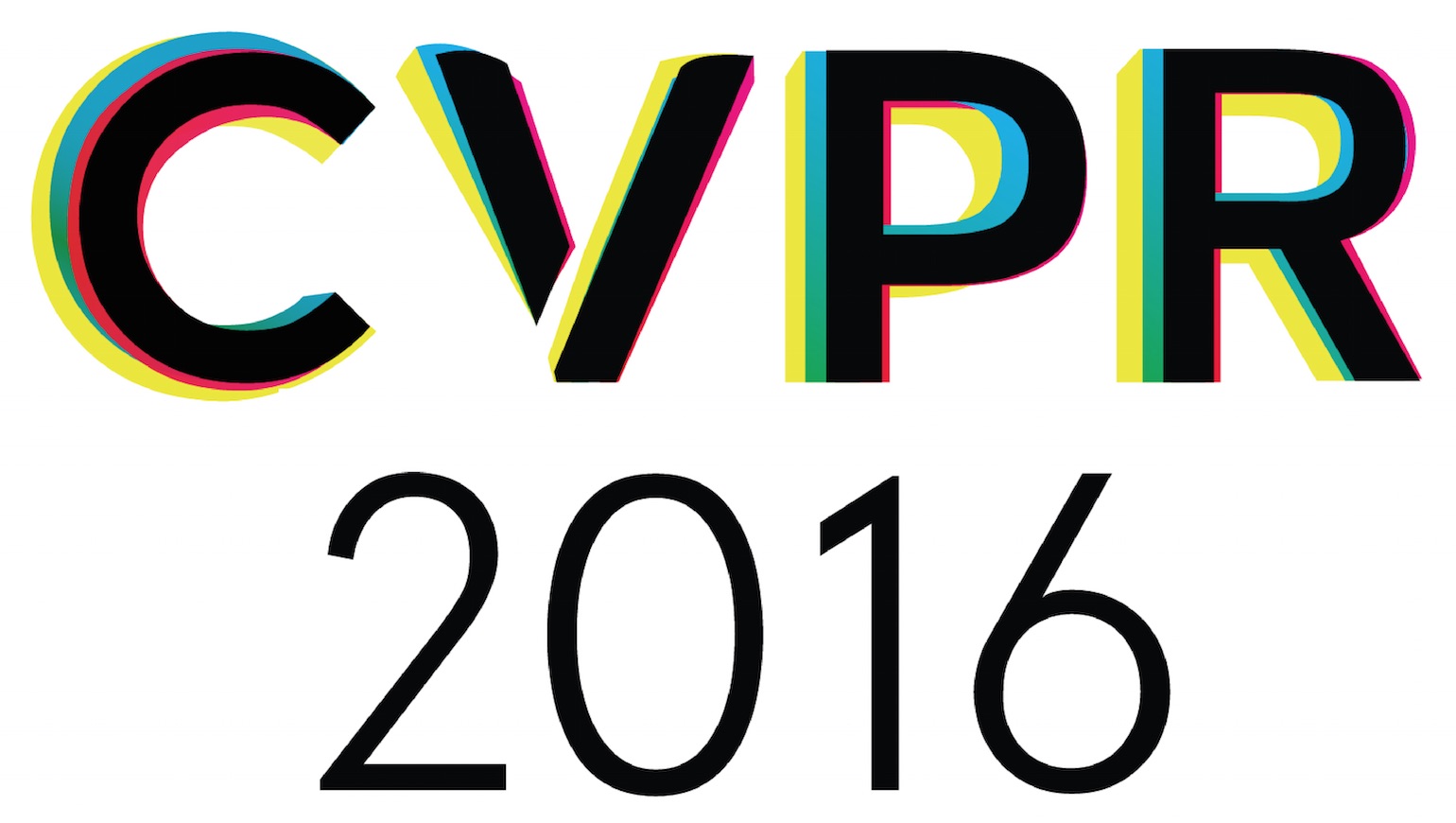-
Occlusion-Free Face Alignment: Deep Regression Networks Coupled With De-Corrupt AutoEncoders
AbstractFace alignment or facial landmark detection plays an important role in many computer vision applications, e.g., face recognition, facial expression recognition, face animation, etc. However, the performance of face alignment system degenerates severely when occlusions occur. In this work, we propose a novel face alignment method, which cascades several Deep Regression networks coupled with De-corrupt Autoencoders (denoted as DRDA) to explicitly handle partial occlusion problem. Different from the previous works that can only detect occlusions and discard the occluded parts, our proposed de-corrupt autoencoder network can automatically recover the genuine appearance for the occluded parts and the recovered parts can be leveraged together with those non-occluded parts for more accurate alignment. By coupling de-corrupt autoencoders with deep regression networks, a deep alignment model robust to partial occlusions is achieved. Besides, our method can localize occluded regions rather than merely predict whether the landmarks are occluded. Experiments on two challenging occluded face datasets demonstrate that our method significantly outperforms the state-of-the-art methods.
Related Material
[pdf][bibtex]@InProceedings{Zhang_2016_CVPR,
author = {Zhang, Jie and Kan, Meina and Shan, Shiguang and Chen, Xilin},
title = {Occlusion-Free Face Alignment: Deep Regression Networks Coupled With De-Corrupt AutoEncoders},
booktitle = {Proceedings of the IEEE Conference on Computer Vision and Pattern Recognition (CVPR)},
month = {June},
year = {2016}
}
These CVPR 2016 papers are the Open Access versions, provided by the Computer Vision Foundation.
Except for the watermark, they are identical to the accepted versions; the final published version of the proceedings is available on IEEE Xplore.
Except for the watermark, they are identical to the accepted versions; the final published version of the proceedings is available on IEEE Xplore.
This material is presented to ensure timely dissemination of scholarly and technical work.
Copyright and all rights therein are retained by authors or by other copyright holders.
All persons copying this information are expected to adhere to the terms and constraints invoked by each author's copyright.

